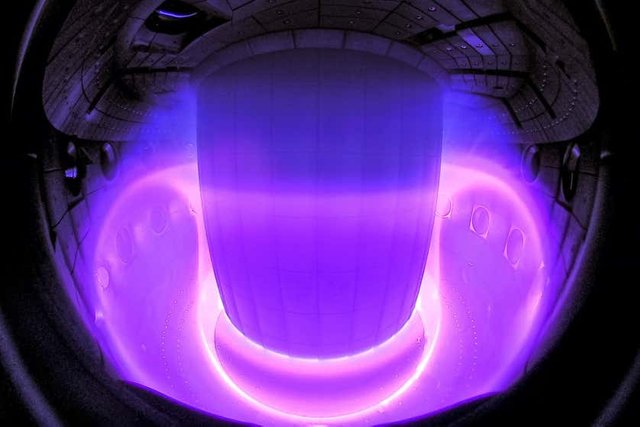Controlling the sun's energy in the TCV Tokamak Fusion reactor
Controlling the sun's energy in the TCV Tokamak Fusion reactor

Souce
Trying to bottle the sun, holding a ball of plasma over 100 million degrees Celsius, that's the challenge of nuclear fusion reactors and we had a brilliant foundation straight from Switzerland where scientists discovered a new way to control the searing heat that is a constant threat to destroy these machines.
Tests proved that the concept works well in practice, facilitating thermal management of the superheated plasma, this advance not only protects the internal walls of the Tokamak from damage, but also improves the overall stability of the reactors, making them safer for continuous operation.
The images without reference were created with AI
Thank you for visiting my blog. If you like posts about #science, #planet, #politics, #rights #crypto, #traveling and discovering secrets and beauties of the #universe, feel free to Follow me as these are the topics I write about the most. Have a wonderful day and stay on this great platform :) :)